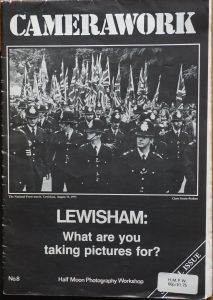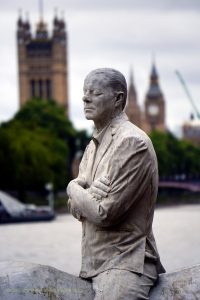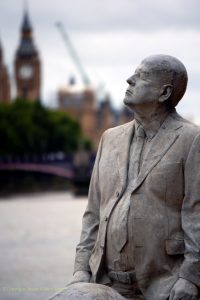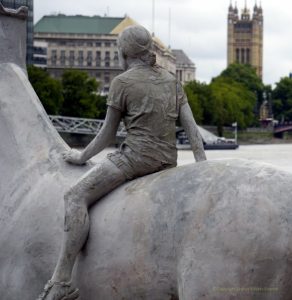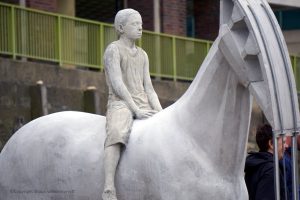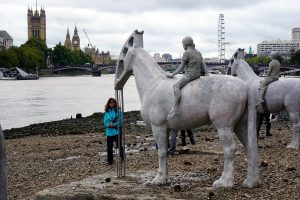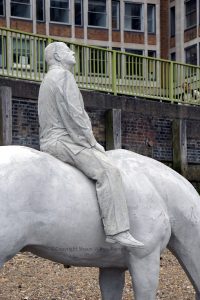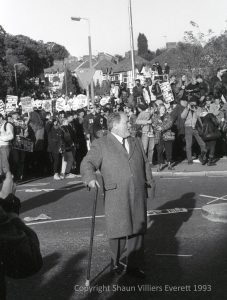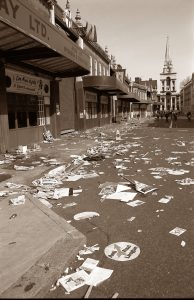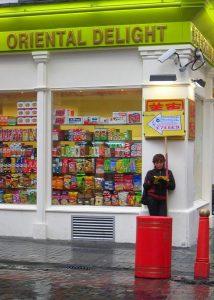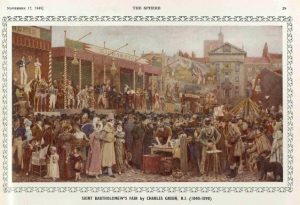
Whilst researching for volume two of the George Wombwell biography, I discovered a November 1949 article in the popular newsapaper The Sphere concerning Charles Green’s depiction of Bartholomew Fair in central London. It referred to its place in a collection under the aegis of The National Gallery of British Sports and Pastimes, which had been founded by Walter Hutchinson (1887 – 1950) during 1949. It consisted of over 3600 paintings, prints and other works, which belonged to Hutchinson and adorned his house in London: Hutchinson House. Formerly known as Derby House, Stratford Place, the house was originally built for Edward Stratford, the Second Earl of Aldborough in 1776 – 1777. The current occupants are the Orient Club which have maintained residence since 1962.
There is a catalogue of items from the collection.
National Gallery of British Sports & Pastimes (LONDON) – The First 600 Selected Pictures. National Gallery of British Sports and Pastimes … List of sports and pastimes, etc. (London, c.1950)
Following Hutchinson’s death, and the breakup of the Sports and Pastimes Gallery, all works were offered up for auction. The current whereabouts of Green’s painting is not known and there is no record of its existence in the Courtauld’s Witt Archives (as of summer 2017). The Sphere article is quite sparce, but describes a busy scene, full of incidents after the manner of Frith. The entertinments include Wombwell’s Menagerie (rear left), swings, roundabouts and all the fun of the fair. In the background is the entrance to Bartholomew’s Hospital. It is probably the most representative of all views of Bartholomew Fair, although it must have been painted after 1855, the closing date of the fair.
Green was a well known illustrator for the works of Charles Dickens and other examples of his work can be found in collections such as those of the Victoria and Albert museum in central London.
This painting was excluded from the biography due to insumountable, multiple copyright issues, and is published here for the purposes of non-commercial research or private study, reference, criticism or review or news reporting, of not more than one item (article or page) from any one issue of a newspaper of periodical. Copyright issues should not be allowed to interfere with the discovery of hitherto unknown artworks from being researched and presented for public display.
Any information concering the current location of the watercolour would be gratefully received.

